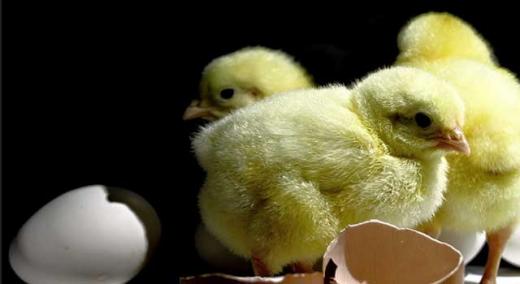Every February, there are welcome reminders that spring is on the way. The first for me is a witch hazel bush in my front yard that defies subfreezing weather to produce fragrant yellow flowers. Then, a few weeks later, crocuses and winter aconites will emerge from the snow. The cycle continues through spring and summer as each species awakens, blooms, and then rests. Some plants, like witch hazel, develop with very little support. Others, like a late-summer blooming Rose of Sharon, require special protection from blight and insects.
…

Add new comment